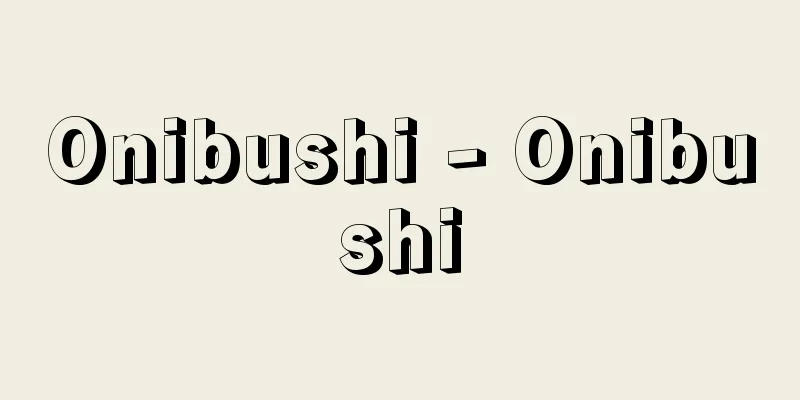Responding body - King

|
A Buddhist term. A Chinese translation of the Sanskrit nirmāakāya. It is also called ōgeshin, keshin, or hengeshin. It means the body of the Buddha that appears in this world according to the people. It refers to the Buddha's body that takes on a physical body and appears in accordance with the abilities and qualities of the people to be enlightened in order to enlighten and save them. After the death of the Buddha (Shakyamuni), various theories of the Buddha's body were developed depending on how his personality was viewed, and the ōshū body is listed as one of the three bodies of the Buddha (hosshin, hojin, and ōshū body). When distinguishing between the ōshū body and the incarnation body, it is considered one of the four bodies (dharmakaya, hojin, ōshū body, and keshū body). In Mahayana Buddhism, the ōshū body theory is the theory of the personal body that appears from the truth (dharma). [Akira Sakabe] [Reference items] | | | |Source: Shogakukan Encyclopedia Nipponica About Encyclopedia Nipponica Information | Legend |
|
仏教用語。サンスクリット語ニルマーナカーヤnirmāakāyaの漢訳。応化身(おうげしん)、化身(けしん)、変化身(へんげしん)ともいう。人々に応じてこの世に現れた仏の身体の意味。仏が人々を教化救済するために、教化すべき人々の能力や素質に応じ、かりに肉身をとって現した仏身をいう。仏陀(ぶっだ)(釈迦(しゃか))滅後、その人格をどうみるかによって種々の仏身説が展開され、応身は仏の三身(法身(ほっしん)、報身(ほうじん)、応身)の一つにあげられる。また応身と化身とを区別したときには、四身(法身、報身、応身、化身)の一つとされる。応身説は大乗仏教において、真理(法)より現れたとする人格身説である。 [坂部 明] [参照項目] | | | |出典 小学館 日本大百科全書(ニッポニカ)日本大百科全書(ニッポニカ)について 情報 | 凡例 |
Recommend
Oharaisan - Oharaisan
…In ancient times, temples would recite the Great...
Parrot echo, literary and martial arts - Parrot echo, literary and martial arts
Yellow cover. 3 volumes. Written by Koikawa Haruma...
El Escorial Monastery - El Escorial Monastery
…It started with a style that combined Gothic str...
nāṭaka (English spelling)
… [Type of play] There are ten rūpakas (forms) of...
Yoshihiko Kurimoto
1897-1974 A physical education instructor from th...
Alexandros Mavrokordatos
1791‐1865 A patriot and politician in the Greek Wa...
Arequipa (English spelling)
The capital of Arequipa Province in southern Peru....
Gossec, François-Joseph
[Born] January 17, 1734 Berny [Died] February 16, ...
African Violet - African Violet
→Saintpaulia Source : Heibonsha Encyclopedia About...
Hatta Tomoe
Years of birth: Unknown. Samurai from the end of t...
Frigate mackerel (English name)
A general term for marine fish of the genus Auxis...
Livland
...The Germans remained the dominant people until...
Four ends
This term was coined by the Confucian scholar Men...
kusmamālā (English spelling) kusmamala
…It is a Buddhist altar accessory that decorates ...
Ariwara clan - Ariwara clan
A descendant of Emperor Heizei. There are two bra...





![Shisui [town] - Shisui](/upload/images/67cbc1a507c9b.webp)



